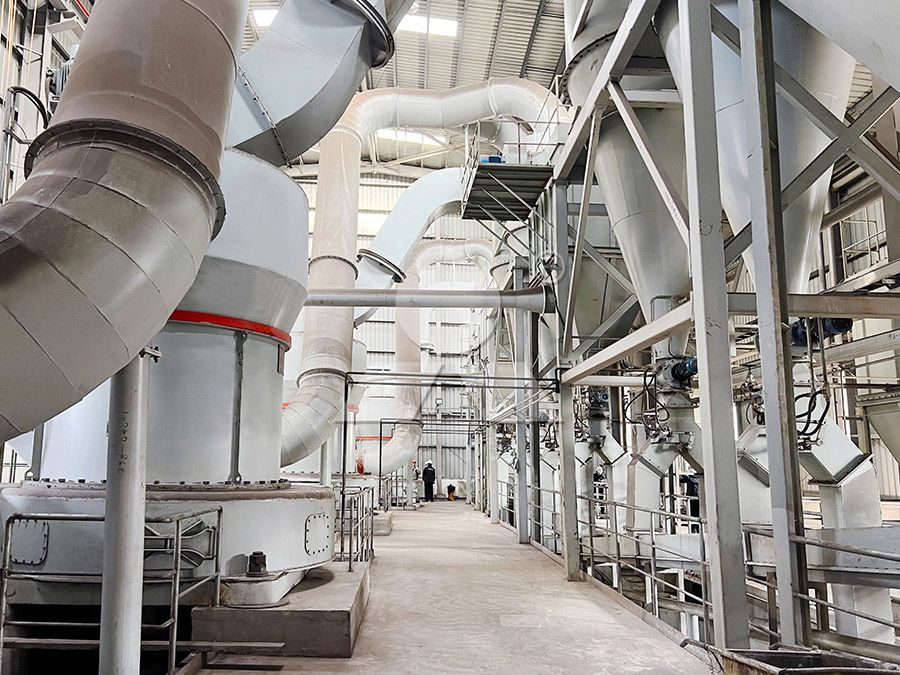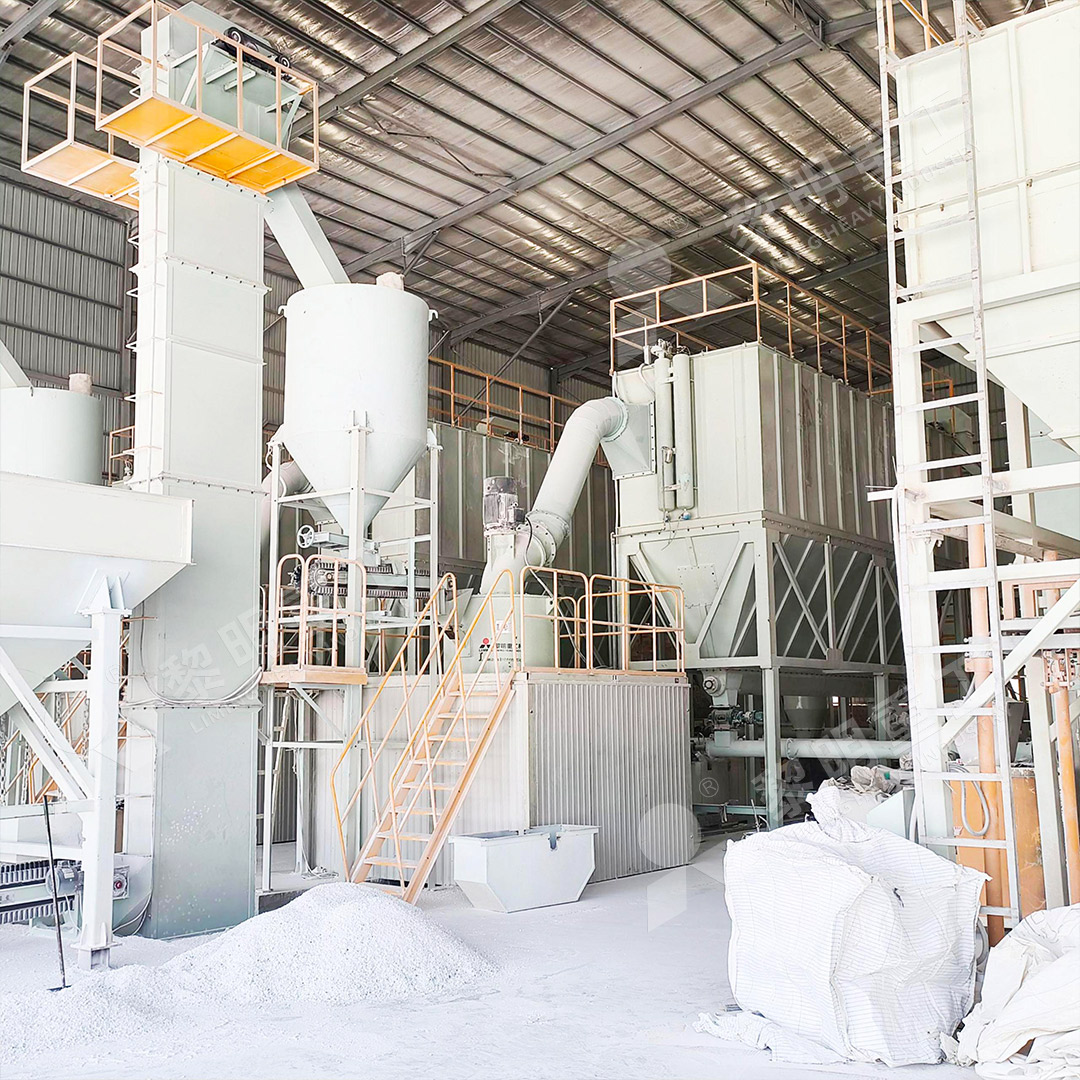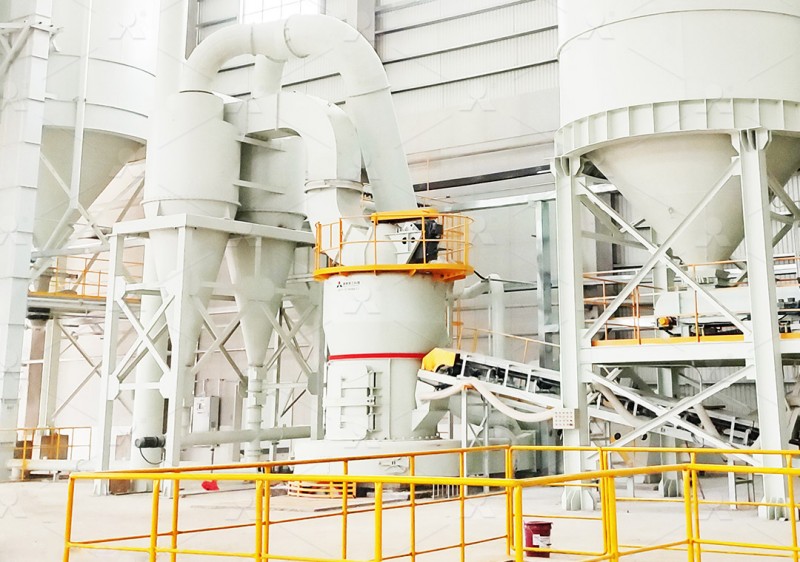How Does a Raymond Mill Work?
How Does a Raymond Mill Work?
For over a century, Raymond mill technology has been the backbone of fine powder processing across numerous industries. While the fundamental principles remain consistent, modern iterations have evolved significantly to deliver enhanced efficiency, precision, and environmental performance. Understanding the core mechanics of this workhorse machine reveals why it remains a preferred choice for grinding a vast array of non-metallic minerals.
The operation of a Raymond mill is a continuous process centered on grinding, classifying, and collecting. The journey of raw material begins with preliminary crushing to a manageable size, typically below 25mm. This prepared material is then elevated and fed uniformly into the grinding chamber via a vibrating feeder.

Inside the grinding chamber, the heart of the operation beats. The central vertical shaft, driven by a motor and reducer, rotates and causes the grinding rollers to swing outward due to centrifugal force. These rollers press against a stationary grinding ring. As material is fed onto the center of a rotating turnplate, it is thrown outward under centrifugal force into the path of these rollers, where it is crushed and ground into powder. This process often occurs over multiple grinding zones for progressively finer results.
The ground material is then lifted by an air stream generated by a blower. This air-powder mixture travels to an integrated classifier, often a high-efficiency turbo separator. Here, a critical separation occurs: coarse particles are rejected and returned to the grinding chamber for further processing, while fine,合格 powder proceeds with the air stream to a cyclone collector. In the collector, the powder is separated from the air and discharged as the final product. The cleaned air is often recirculated, creating a closed-loop system that minimizes dust emissions.
While the traditional Raymond mill is excellent for many applications, operations requiring ultra-fine powders with superior efficiency should consider our advanced MW Ultrafine Grinding Mill. This machine represents a significant technological leap, designed for customers who need to make ultra-fine powder between 325-2500 meshes. It features a highly efficient cage-type powder selector based on German technology for precise classification and achieves a remarkable d97≤5μm screening rate in a single pass. Furthermore, its innovative design eliminates rolling bearings and screws within the grinding chamber, virtually eliminating concerns about bearing failure or loose screws causing downtime. The entire system is equipped with a pulse dust collector and muffler, ensuring an eco-friendly operation that meets stringent national environmental standards.

For operations dealing with slightly different material characteristics, our LUM Ultrafine Vertical Grinding Mill offers another powerful solution. Integrating the latest grinding roller and powder separating technologies, the LUM mill provides exceptional energy savings of 30%-50% compared to conventional mills. Its unique roller shell and lining plate grinding curve promote stable material layer formation, enabling high-yield, single-pass milling that enhances the whiteness and purity of the final product. A reversible structure also allows for easy maintenance, significantly reducing downtime for checks and part replacements.
The enduring principle of the Raymond mill—grinding through roller and ring pressure, followed by air classification—has proven its reliability. However, modern advancements in digital control, precision manufacturing, and eco-conscious design, as embodied in our MW and LUM series, have elevated this classic technology to new heights of performance and operational peace of mind.

Frequently Asked Questions (FAQ)
What is the typical input size for a Raymond Mill?
Most standard Raymond mills are designed to handle a raw material input size of less than 25mm, which requires preliminary crushing.
How is the fineness of the final powder controlled?
Fineness is primarily controlled by adjusting the speed of the classifier. A higher rotor speed results in a finer product, while a lower speed allows coarser particles to pass.
What are the main advantages of modern Raymond-type mills?
Key advantages include a small footprint, low investment and operating costs, high reliability, simple operation, and the ability to produce a consistent, fine powder with minimal dust pollution.
Can these mills handle moist materials?
Standard Raymond mills are best for dry materials. However, some of our advanced models, like the LM Vertical Grinding Mill, integrate drying capabilities for materials with low to moderate moisture content when equipped with a hot air source.
What kind of maintenance is required?
Regular maintenance involves checking and replacing grinding rollers and rings, inspecting the classifier blades, and ensuring the proper functioning of the lubrication system. Our mills are designed with features like external lubrication and reversible structures to make these tasks easier and faster.
